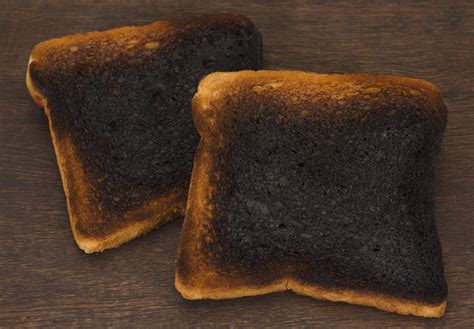Well, I can’t speak for everyone, but maybe all of the wasps decided to come to my house instead… they’re in my damn roof, the bricks, the garage… but hey at least they’re pollinators?
- 1 Post
- 35 Comments

 2·2 months ago
2·2 months agoSo for padding, it sometimes depends on how your compiler works, but usually, it doesn’t pack bytes by default - that needs to manually be done. Otherwise, a uint32 followed by 2 uint16s, for example, will take up the space for 3 uint32s (in a 32-bit native compiler). If you manually specify packing (implemented differently depending on your compiler and such), then it will pack those all properly into just 2 uint32s.
I do imagine 24 bits followed by 16 more in a bit field for a 32-bit number would potentially cause problems. But it’s late here and I could certainly be wrong so take that with a grain of salt.
That also said, I typically don’t use bitfields directly in structures - it’s not usually good practice, at least where I work. I’d either do a uint8[3] or use a whole uint32 that is a union, and in the union would be your :24 followed by a reserved : 8, if that makes any sense. It’s sometimes worth it to leave a few extra bytes in there just from an organization standpoint.
Just note that if you 3D print something, if you use the wrong material, there’s a chance it may melt.

 2·2 years ago
2·2 years agoOut of curiosity, what’s wrong with medium? (Serious question)

 1·2 years ago
1·2 years ago@kde@floss.social - are these available somewhere as full res pictures already? And/or will they be after the desktop is chosen? Or will only the chosen one be available?
Must be part of Reddit’s new rebrand

 1·2 years ago
1·2 years agoAlthough if y’all sold a stuffed animal of whatever adorable thing is in the middle right picture, I’d buy it in a heartbeat

 4·2 years ago
4·2 years agoTop left gives me amazing vibes

 3·2 years ago
3·2 years agoRedwoods are so freakin’ cool.
That is all!

 8·2 years ago
8·2 years agoFred joins the game and teleports to square 3,3. He has a red aura around him. Nobody’s quite sure what it does, but it probably isn’t good.
Great explanation. Yes - I’ve done this before! Built up a system with a RAID array but then realized I wanted a different boot drive. Didn’t really want to wait for dual 15Tb arrays to rebuild - and luckily for me, I didn’t have to! Because the metadata is saved on the discs themselves. If I had to guess (I could be wrong though) - I believe ‘sudo mdadm —scan —examine’ should probably bring up some info about the discs, or something similar to that command.

 3·2 years ago
3·2 years agoIt kinda looks like a marigold to me. If the leaves are crunchy, it’s underwatered. There’s a chance that some of it is still alive so you may see some small growth start to pop up - but usually, everything that’s crunchy is totally dead. If it’s mushy or limp, it’s underwatered - which unfortunately is probably worse.
Is it a hardware raid or a software raid? If it’s software (not sure abt hardware), the discs themselves should have the array’s metadata on it, and you can just use mdraid & restart the array.
Congrats! Looking wonderful :)

 3·2 years ago
3·2 years agoI do like that idea. I think Apollo (or one of the Reddit apps) had something that expanded the hit box on links to prevent that as well - that could potentially be useful, too.

 202·2 years ago
202·2 years agoI wouldn’t say to disable it - but if there was an option to toggle on/off somewhere, that would be awesome.

 1·2 years ago
1·2 years agoI’d personally be super surprised if they were outsourcing their firmware engineering - but I do suppose it’s technically possible.

 2·2 years ago
2·2 years agoAhh, yeah. Neither would I. I would expect my USB sticks to last longer than that, lol.
That aside - here’s a fun fact. We sell the NAND from scrapped SSDs that we no longer need for development to a third-party vendor that actually desolders it and uses it for flash drives. So… you never really know what kinda flash storage you get on your flash drives! (Or… we did do this, until the program recently got shuttered because NAND is so damn cheap now)

 3·2 years ago
3·2 years agoI do agree with the plastic brick part - but there is actually reasoning behind that second part - the read-only mode. That happens when the flash is down to a very low amount of life left (usually predetermined by the manufacturer). It is by design because the flash will degrade further if you continue to write to it, so by forcing it to read-only mode, users can still recover their data in a failing/aging SSD. Not to say it isn’t a huge pain in the ass when that happens though, lol





Yeah fr fuck these guys https://en.m.wikipedia.org/wiki/Palatine,_Illinois